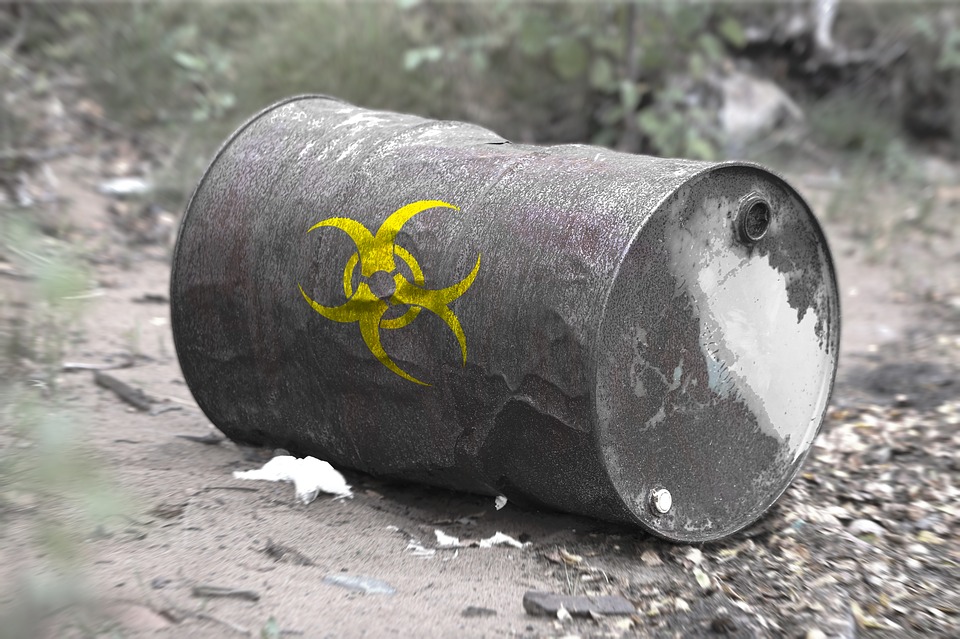Hazardous waste is generated and thrown out each and every day. While there are many companies and corporations around the globe taking the necessary precautions towards proper hazardous waste disposal, there are still many who remain uneducated about the do’s and don’ts of this industry.
With the ability of toxic and chemical substances to harm both the environment and those handling it, it’s only essential that these items be disposed of in the right away. After all, it can have serious effects and consequences not just on the natural environment but also on local food resources.
If you are interested in practicing a clean and green approach with the right guidance, you are in for a treat. This article will tackle the top do’s and don’ts for hazardous waste disposal. Take a look below.

What are Hazardous Wastes?
First of all, hazardous wastes are defined as substances or chemicals which bear harmful or dangerous effects either on the environment or humans. These types of wastes stem from a variety of sources, such as industrial and manufacturing wastes, automotive industries, and even medical facilities.
To qualify as toxic substances, they must fall under a category that may either ignite, become corrosive, or reactive.
Guidelines for Proper Hazardous Waste Disposal
Store Substances in Waste-compatible Containers
All types of chemical substances must be properly stored in waste-compatible containers, meaning these should not be stored in metal containers as the corrosive properties of these chemicals may further bring danger.
The original container or storage of the carrier of the substance may be used, as well as glass jars. While you’re at it, ensure that these containers are properly labeled with the words that describe its contents, as well as with the name ‘Hazardous Waste’ at all times to warn others.
Separate and Store Safely
All wastes generated and collected should be stores in their respective containers separately. After observing this, make sure to select an accumulation area that is safe and protected from the reach and access of other individuals conducting daily activities.
Hazardous waste should be stored in a safe manner prior to being picked up by a disposal center. This means that these must be placed in an upright manner and away from areas that get a lot of foot traffic such as hallways, sinks, or even doorways.
Work with Recognized State or Government Authorities
Request pick-up from recognized and licensed facilities. These agencies are equipped to process your toxic substances at their storage facilities.
For example, the UK has provided a list of authorized businesses that can collect, recycle, and or dispose of hazardous wastes. The same goes for the United States with its various state environmental agencies and Australia with its Hazardous Waste Technical Group.
What You Shouldn’t Do
Don’t Pour These Down the Drain
Individuals might be tempted to throw these chemicals and toxic substances down the drain or even on the ground. However, doing this can either immediately cause damages to the surroundings and the environment, cause pollution, and create as health hazards.
These can also contaminate septic tanks and water treatment facilities. Therefore, it is important not to introduce them to the natural environment.
Don’t Throw These out with Regular Trash
Toxic waste cannot be disposed alongside normal trash. This can harm individuals and workers handling the garbage, as well as pose dangers to the natural environment. The hazardous waste may also come into contact with other items in the trash and may cause toxic fumes or unwanted interactions.

Conclusion
Now that you know what to observe when it comes to hazardous waste disposal, you can now enact these practices in your own home. With these guidelines, you can now keep yourself up to speed on the proper disposal practices and help provide a cleaner and safer environment for everyone.






